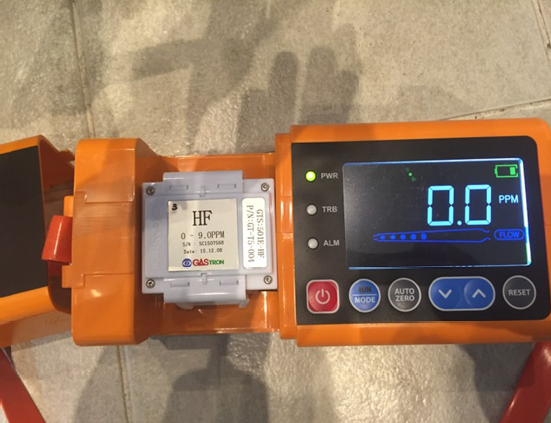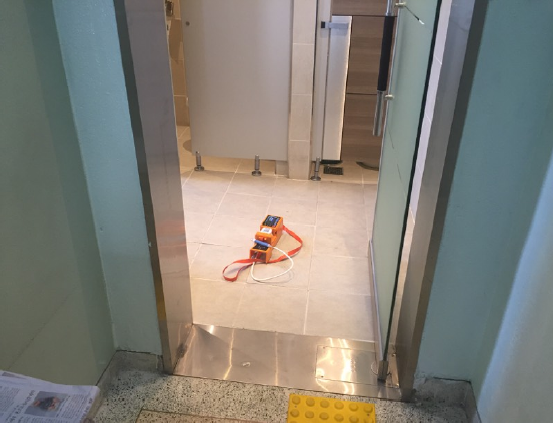A recent mishandling of hydrofluoric acid on the KAIST campus has resulted in an uproar regarding the state of laboratory safety and disposal measures at KAIST. On March 31, an urgent email from the Graduate Student Association (GSA) notified all students and faculty of the leakage of hydrofluoric acid on the fourth floor of the School of Electrical Engineering Building (E3-2) around 3 p.m. on March 30.
Soon after, the School of Electrical Engineering Administration Team released an official report to the public. The spillage occurred when the cleaning personnel, after mistaking it for a disinfectant, transferred the fluid from a white plastic bottle labeled “hydrofluoric acid” to another disinfectant container, causing a reaction. After a brief consultation with the KAIST Clinic, the employee was soon admitted to the emergency room at a nearby hospital for a check-up. The test results for hydrofluoric acid in the bloodstream returned negative. The report specified that the acid did not leak into the air as the bottle had been closed immediately; In addition, a further examination using a gas detector showed no presence of hydrofluoric acid at the location or nearby.

Hydrofluoric acid, as a contact poison, is a highly corrosive acid and can penetrate the tissue rapidly. It may be inhaled, swallowed, or absorbed through the skin and eyes. According to the US Agency for Toxic Substances and Disease Registry, a person may potentially experience gastric pain, nausea, irritation, and cardiac arrhythmia. However, the symptoms may take days to appear — especially if the solution has been diluted below 20% — allowing for further deterioration due to the lack of a timely medical response.
Many students responded with outrage at the unprofessional attitude displayed by the administration team. The team notified only the 83 professors and 14 lab leaders from its school following the event at 9 p.m., recommending an early dismissal of the lab staff; students working within the building had been oblivious to the situation. Finally, nearly 10 hours had passed before the GSA sent out a school-wide warning to avoid the site in case of potential exposure.
Some have heatedly emphasized that the E3-2 building also houses Dunkin’ Donuts on the first floor, a popular and frequently visited place of socialization for many students and staff. The time of the year also attracts many outside visitors, who may enter the building with ease to make purchases or to use the bathrooms and other facilities, as there is no restriction barring them from entering the research premises. Though no casualties have been noted so far, students expressed fear and concern stemming from unclear communication.
The GSA soon sent out another email on April 2 clarifying the situation further. It stated that the School of Electrical Engineering would offer a special medical examination for the students starting April 3. Additionally, the administration team stated that it will perform a chemical inspection throughout the entire building and organize a special education session regarding handling of chemicals for the cleaning staff.


